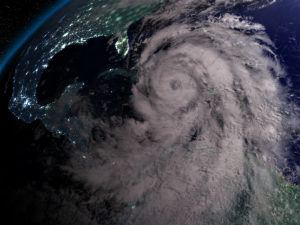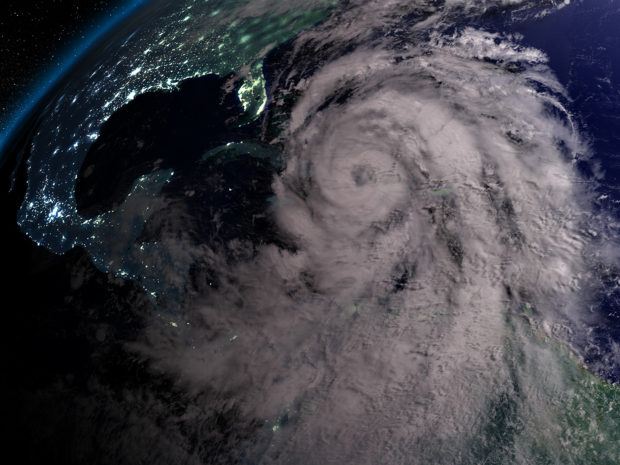
Hurricane Matthew path of damage through coastal Florida, Georgia, South Carolina, North Carolina and Virginia, likely led to nearly $7 billion in insured losses, according to Karen Clark & Co.
The catastrophe modeling firm’s Oct. 12 “Flash Bulletin” breaks that down to $3.48 billion in wind-related losses, $40 million in storm surge losses and $3.43 billion in inland flooding-related losses.
While it is early, KCC estimated that total losses from the Oct. 5-9, 2016 storm landed at more than $16.3 billion. That breaks down to a $13.6 billion loss estimate from inland flooding, $2.38 from wind damage, and the remainder stemming from storm surge.
As of Oct. 12, Hurricane Matthew-related damages were still being calculated along the U.S. coast and particularly in places like North Carolina, where flooding worsened due to massive rains that hit as the hurricane and its remnants passed through.
KCC noted that roofs, windows, awnings and signage sustained direct wind damages. But the more significant damages to residential and small commercial structures came, in part, from falling trees. Extensive inland flooding, particularly in North Carolina, caused the worst damage.
KCC said it based its calculations on high resolution storm surge, inland flooding and wind models.
Matthew is considered to be the most powerful Atlantic storm since 2007. Before reaching the U.S. southeastern coast, it killed at least 1,000 people in Haiti.
Source: Karen Clark & Co.





















 Is the AI Boom a Bubble Waiting to Pop? Here’s What History Says
Is the AI Boom a Bubble Waiting to Pop? Here’s What History Says  Insurance Costs, Climate Concerns Factor Heavily in U.S. Home Buying Decisions
Insurance Costs, Climate Concerns Factor Heavily in U.S. Home Buying Decisions  Berkshire Hathaway Enters Post-Buffett Era as Share Prices Fall
Berkshire Hathaway Enters Post-Buffett Era as Share Prices Fall  Artificial Intelligence Is Rewriting the Rules for Commercial Lines
Artificial Intelligence Is Rewriting the Rules for Commercial Lines 











